Curious Questions: Can you actually compare apples and oranges?
It's repeated so often these days that we've come to regard it as a truism, but are apples and oranges really that different? Martin Fone, author of 'Fifty Curious Questions', investigates.

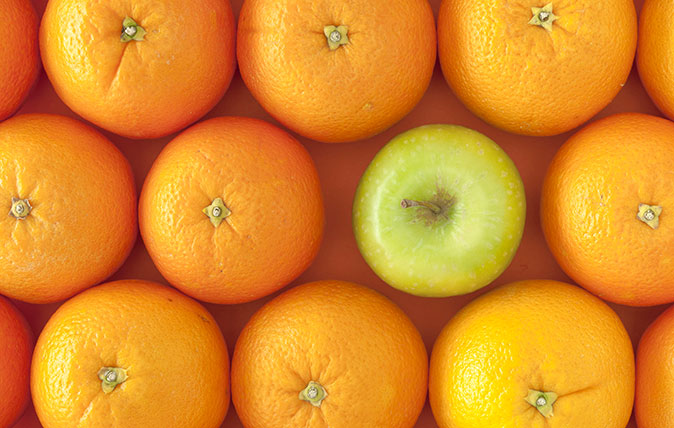
I have been in enough meetings during my career where one or more of the participants have been accused of comparing apples with oranges, the inference being that two concepts are so dissimilar that they are incapable of being compared with each other. It is now an accepted idiom in everyday speech. But is it an appropriate analogy?
Thank heavens there is someone in the scientific community who has taken up the challenge. Step forward Scott A Sandford of the NASA Ames Research Centre in California (natch).
He took an apple (a Granny Smith, I believe) and a Sunkist Orange and prepared the samples by desiccating them in a convection oven at a low temperature over a number of days. After mixing the dried samples with potassium bromide and grinding them for a couple of minutes in a small ball-bearinged mill, Sandford pressed the resultant powders into a circular pellet and then subjected them to spectroscopic analysis.
The results of the analysis? Apples and oranges are indeed similar, and it turns out to be (relatively) easy to compare them.

I’m not sure I would agree that Sandford’s elaborate preparation of the samples was easy. If I have a few spare days and a spare spectroscope, I might give it a go.
But the key finding is that there is no basis for the analogy. The next time anyone accuses you of comparing apples with oranges, you can say ‘Precisely, you have made my point’.
Of course, those of us who delight in the etymology of words and phrases will smile smugly in the knowledge that the phrase was originally somewhat different, as this exchange between Tranio and Biondello in Shakespeare’s Taming of the Shrew shows:
Exquisite houses, the beauty of Nature, and how to get the most from your life, straight to your inbox.
Tranio: He is my father, sir; and, sooth to say, In countenance somewhat doth resemble you.
Biondello: [aside] As much as an apple doth an oyster, and all one.
I would like to see Sandford deconstruct that analogy!
I don’t know much about cats, but popular conceptions about them are that they have nine lives and always land on their feet, even when dropped upside down. I was pleased to discover that an intrepid member of the research community, braving the wrath and opprobrium of the animal welfare brigade, has set about to prove the second statement in a systematic way.
Fiorella Gambale from Milan took a cat, turned it upside down, and dropped it from various heights – one hundred times each from heights between six feet and one foot, descending by intervals of a foot a time.
The results were that in every case, over five hundred instances, the cat landed upright on its feet when dropped from heights of between six feet and two feet. However, when the moggy was dropped from a height of one foot, it never once landed on its feet.
No explanation for this baffling phenomenon is proffered by la Gambale, but I suspect that the distance travelled and the speed at which the cat drops are insufficient to allow it to perform the necessary acrobatics to right itself. Perhaps inadvertently, in carrying out the experiment, she also confirmed that a cat has (at least) nine lives!
Martin Fone is author of 'Fifty Curious Questions', from which this piece is an excerpt – find out more about his book or you can order a copy via Amazon.

Curious Questions: Why do the British drive on the left?
The rest of Europe drives on the right, so why do the British drive on the left? Martin Fone, author

Credit: alamy
Curious Questions: Why is a day divided into twenty-four hours?
We've been counting things in convenient chunks of ten for thousands of years, so why on earth is a day
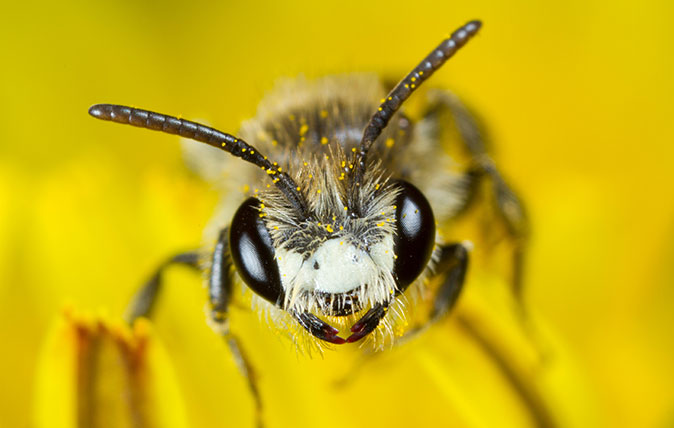
Credit: Alamy
Curious Questions: Are bees really busy?
We've all used the phrase 'busy as a bee' – but is it justified? Or are bees just as liable
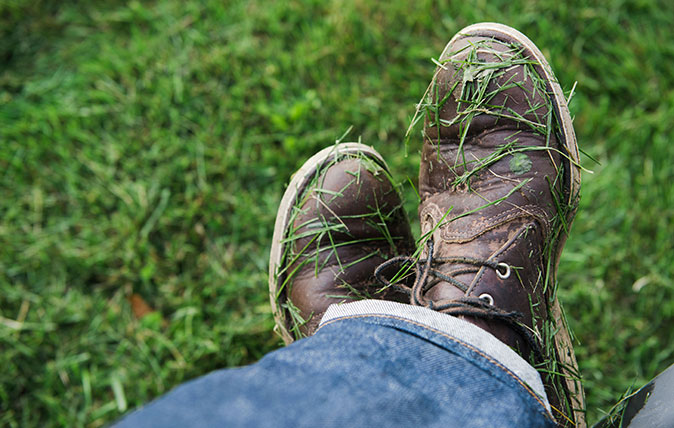
Credit: Alamy
Curious Questions: Why does freshly-mown grass smell so good?
Nothing says 'Spring is here' better than that wonderful aroma of newly-cut lawn. Martin Fone, author of 'Fifty Curious Questions',
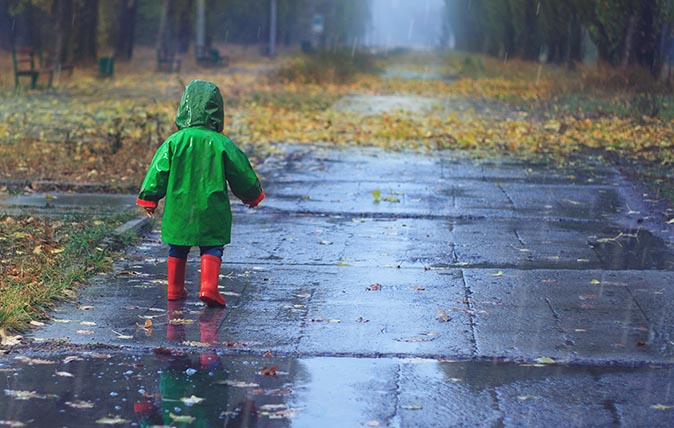
Curious Questions: Do you get wetter running or walking in the rain?
Does running in the rain get you out of it quicker? Or do you just run into more water more
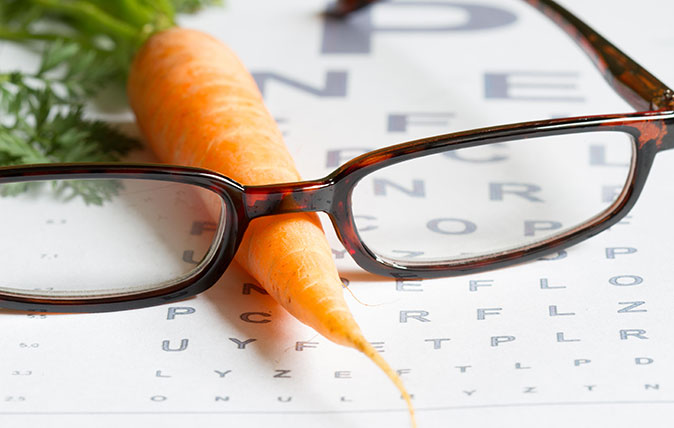
Credit: Alamy
Curious Questions: Do carrots really help you see in the dark?
We've all been given the familiar advice by parents anxious to get us eating our vegetables, but is there any
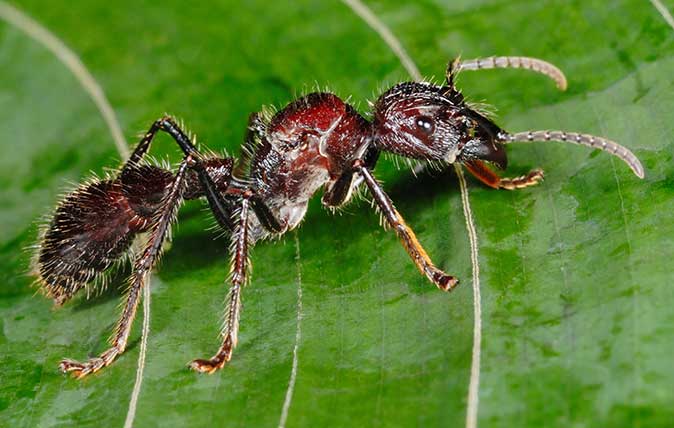
Credit: Photo by FLPA/Hugh Lansdown/REX/Shutterstock – Bullet Ant (Paraponera clavata) adult, standing on leaf in rainforest, Tortuguero N.P., Limon Province, Costa Rica
Curious Questions: What is the world’s most painful insect sting – and where would it hurt the most?
Can you calibrate the intensity of different insect stings? Martin Fone, author of 'Fifty Curious Questions', investigates.
After graduating in Classics from Trinity College Cambridge and a 38 year career in the financial services sector in the City of London, Martin Fone started blogging and writing on a freelance basis as he slipped into retirement. He has developed a fearless passion for investigating the quirks and oddities of life and discovering the answers to questions most of us never even think to ask. A voracious reader, a keen but distinctly amateur gardener, and a gin enthusiast, Martin lives with his wife in Surrey. He has written five books, the latest of which is More Curious Questions.
